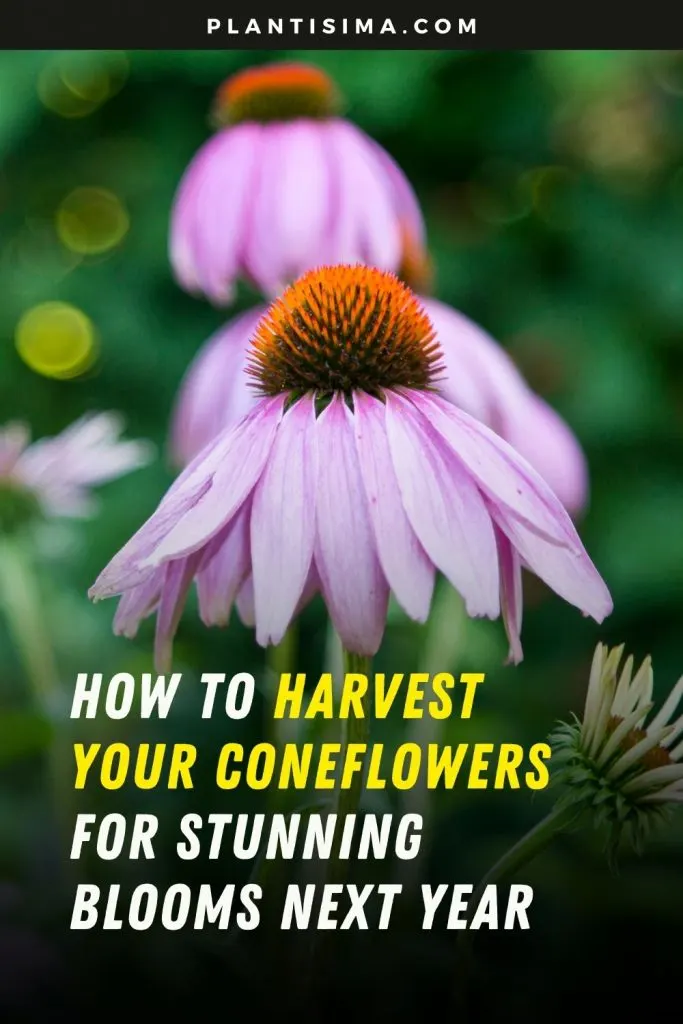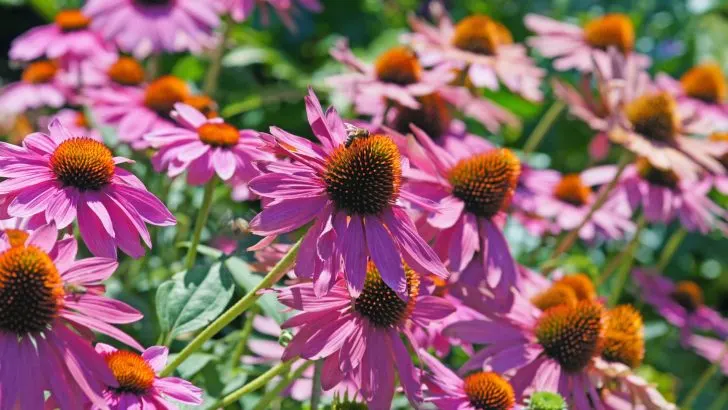Coneflowers, also known as Echinacea, are stunning plants that can transform your summer garden. Not only are they easy to grow, but they also attract pollinators and birds to your garden.
As autumn approaches and the flowers begin to fade, it’s the perfect time to collect their seeds. Coneflowers have large seed heads that are relatively easy to handle, making seed collection a breeze!
If you’re wondering how to properly harvest coneflower seeds, keep reading for all the details!
Why Harvest Coneflower Seeds?
Harvesting your own coneflower seeds is not just a cost-effective way to propagate plants; it also supports biodiversity by attracting more birds and pollinators to your garden. Plus, collecting seeds ensures you can enjoy these beautiful flowers in your garden year after year.
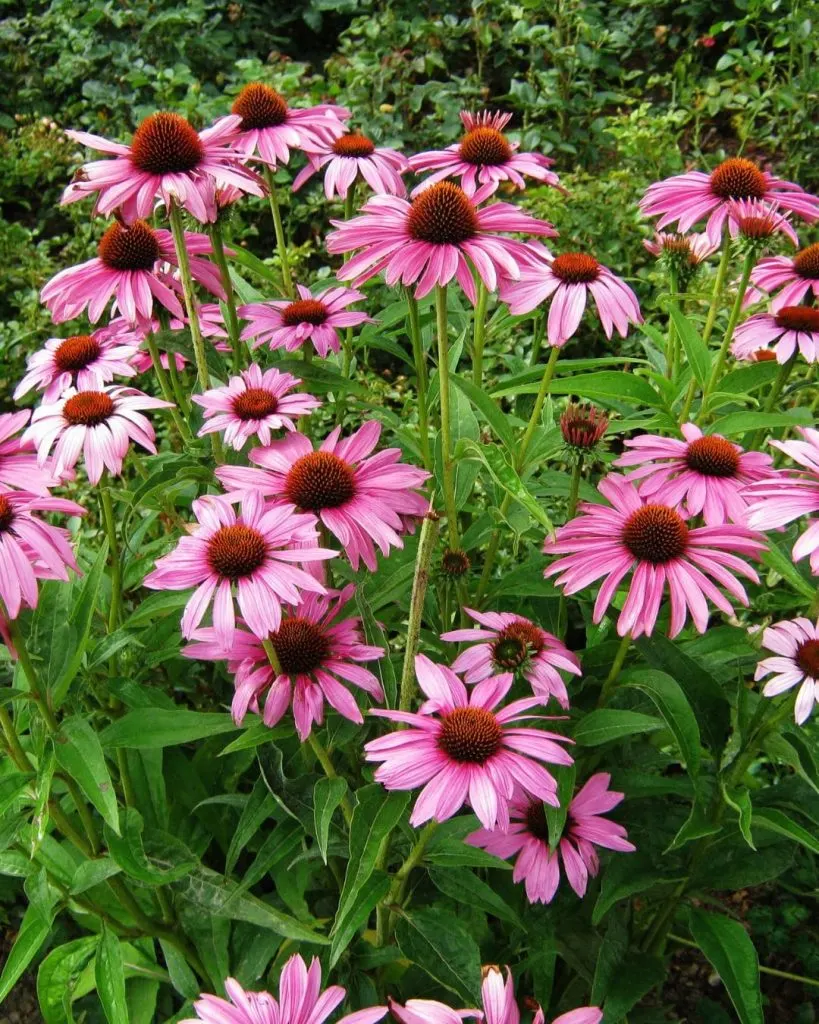
How to Harvest Coneflower Seeds
The simplest way to collect coneflower seeds is by using your hands or a paper bag.
Before you start, avoid cutting off all the flower heads too soon. Allow some flowers to naturally wilt, leaving behind the spiky seed centers. Once ready, use a clean pair of garden shears or a sharp knife to cut them off.
Harvesting Coneflower Seeds by Hand
After collecting the seed heads, the next important step is drying them. You can either dry them using a dehydrator on low for a few hours, or simply place the seed heads in a paper bag and store it in a warm, dry spot.
Remember not to leave them in direct sunlight, as the heat can damage the seeds.
Once they’re completely dry, it’s time to extract the seeds. Since coneflower seeds are quite spiky, it’s recommended to wear gardening gloves. When the seed heads are fully dried, the seeds will easily fall out. You can either rub the seeds with your thumb or shake the seed head in a container until they come loose.
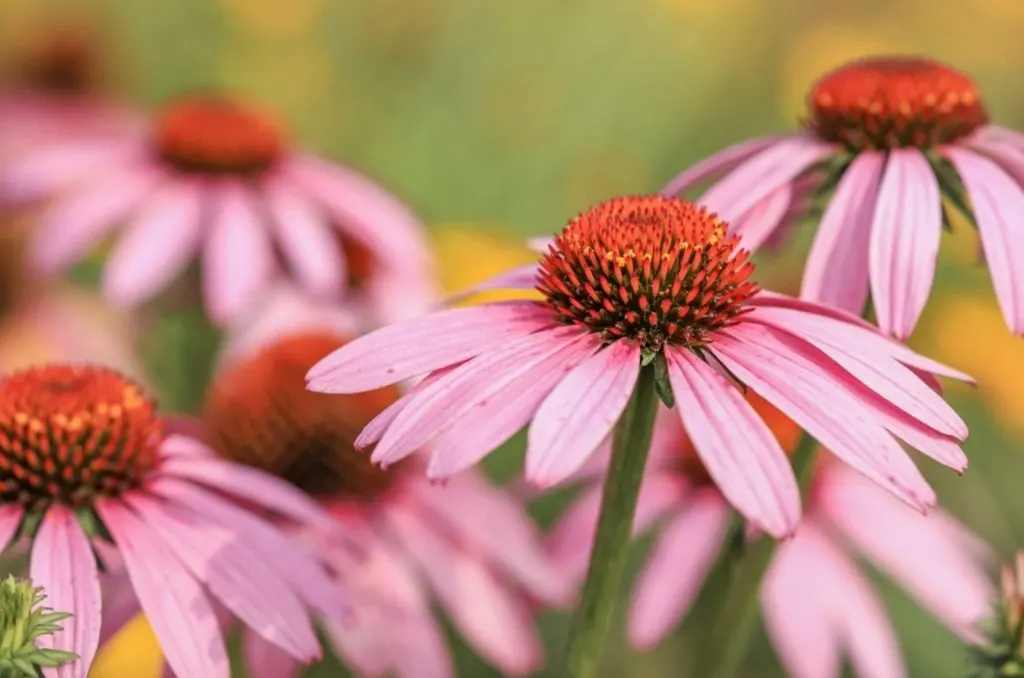
It’s a good idea to avoid collecting seeds from hybrid varieties, as they’re often sterile. Even if you do succeed in germinating hybrid seeds, the resulting plants may not retain the same characteristics as the parent plant.
Coneflowers are generally some of the most beautiful herbaceous plants, offering vibrant purple blooms.
Harvesting Coneflower Seeds with a Paper Bag
Another effective method is to use a paper bag. When cutting off the seed heads, leave a bit of the stem attached.
Then, hang the seed heads upside down, wrapping them in a paper bag, and secure the bag with string around the base of the stem. Over time, the seeds will naturally loosen and fall into the bag. Once the seeds have collected in the bag, remove any debris, and you’re ready to plant or store them.
Storing Coneflower Seeds: Essential Tips
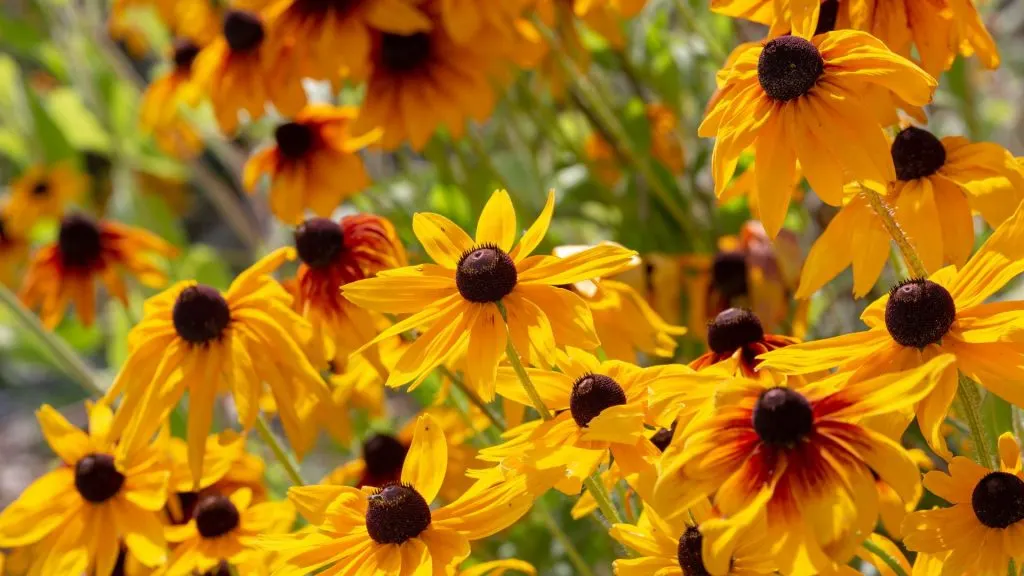
Proper storage is key to maintaining the viability of your coneflower seeds. First and foremost, avoid freezing the seeds. While freezing can extend the life of some seeds, coneflower seeds are sensitive and may lose their ability to germinate.
Instead, store the seeds in sealed containers, keeping them in a cool, dark, and dry location, such as a pantry or cellar. Make sure the temperature remains stable.
When the time comes, you can either sow the seeds directly into the ground or start them indoors. If you’re planting outdoors, ensure that the soil is fertile and well-drained to give your coneflowers the best chance of thriving.
A Bonus Tip: Let Nature Do the Work
Coneflowers are prolific seed producers, so you don’t need to collect every seed head. Leave some seeds on the plant to naturally reseed, providing a habitat for birds and pollinators in the colder months. It’s a win-win!
Simple, Rewarding, and Beautiful
Harvesting coneflower seeds is an easy and rewarding task that not only brings vibrant flowers to your garden but also supports local wildlife. By following these simple steps, you’ll be able to enjoy a garden full of beautiful coneflowers next season.
Whether you’re saving the seeds for next year or leaving them for the birds, coneflowers are truly a gift that keeps on giving. Happy gardening!
